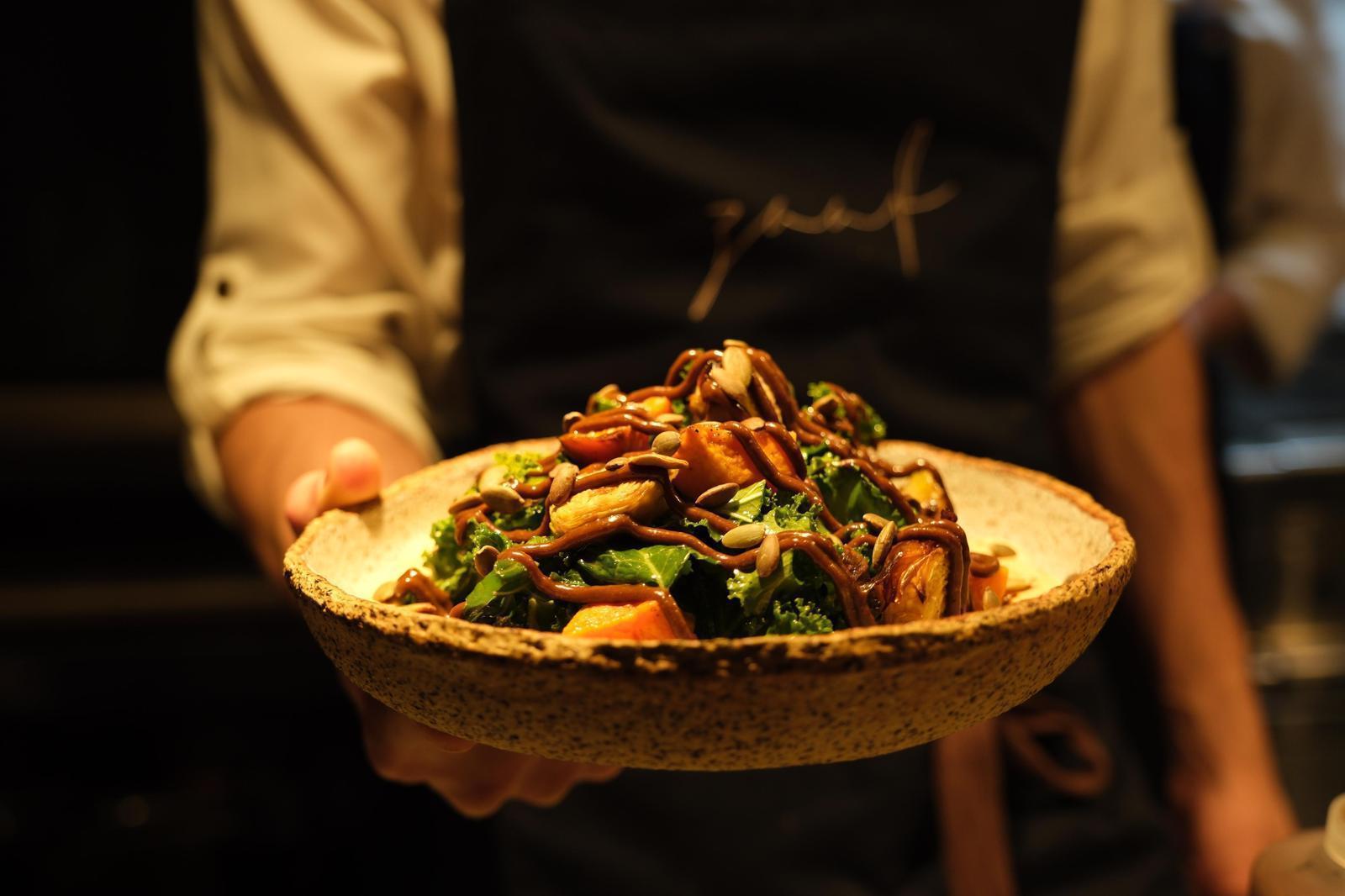Summer starts with mulberries

Mulberries are in full season. When mulberry is out, it means summer has finally come. Mulberry is loved by many with its almost honey-like sweetness and juicy texture, and its taste is best enjoyed when you eat it directly picked from the tree. Everybody tries to find a mulberry tree to enjoy the fruit in the best way possible, be it in a picnic in the countryside, in a park in the city, or in your own garden, much better if it is from the neighbor’s garden. All of our childhood memories have funny stories of getting caught by the angry lady next door when stealing mulberries from her garden. Well, just as the grass is greener on the other side, mulberries seem to be tastier on the other side of the fence or wall. Now, it’s time to eat to your heart’s content because the mulberry season is short and passes in the blink of an eye.
There is almost no place in Anatolia where mulberry does not grow. There is a much-repeated saying in Turkish cities, when new neighborhoods pop up with rapid urbanization replacing greenery and natural lands, we tend to say, “It was always mulberry orchards here,” lamenting the loss of another piece of nature and breathing space. This usual expression is also a nod to the times gone by, the lost childhood innocence, maybe we just miss the happiness of eating mulberry from the tree as much as the lost orchards. That’s why the mulberry tree is always like a longing for childhood days. The mulberry tree is one of the best shade trees with its broad leaves. That’s why when the summer heat starts to subside, the mulberry tree is the best shelter.
The fruit or the leaf?
When mulberry is mentioned, it is necessary to start exploring the tree from its leaves and look at its connection with sericulture. Wherever mulberry grows in history, there was silkworm cultivation to produce silk, because the silkworm eats only mulberry leaves. For this reason, in some countries, the mulberry tree is also called the silk tree. The homeland of the mulberry tree is China and Central Asia, and from there it spread along the Silk Road. In China, mulberry leaves are considered a source of healing, brewed to make tea, and from its infusion, a sublime rice porridge is made. From Azerbaijan to many parts of Anatolia, mulberry leaves are used to make dolma, mostly the mincemeat-stuffed version, wrapping the meat-rice-herb stuffing in the silky leaf and cooked slowly to create a uniquely tasty dish of early summer. To collect the right leaves suitable, one has to have a grip on a few tips. First of all, one has to make sure that the tree has not been sprayed. In general, mulberry trees are not sprayed as the fruit does not get worms, but still the garden or the park might have been sprayed with pesticides. Young leaves that are not very large must be collected from the lower branches; these are ideal for wrapping. The large leaves are too coarse and thick for wrapping, the ones collected from the top can be dirty, dusty, or with bird droppings, it is best to choose the ones that are thin, young and silky from the bottom. Any excess leaf can be dried to make a tisane in the cold winter months, its pleasant brew with a slightly sweet taste made from dried leaves lowers blood sugar and relieves edema. In summary, even the leaves of the mulberry tree are valuable, but of course, in the wake of summer, the taste of its fresh fruit is never enough for its devoted fans.
Berries instead of sugar
Another much-quoted saying is: “The cherry said: If the mulberry did not follow me, I would turn the one who eats me into my stalk!” Indeed, cherry has di-uretic powers, that is why cherry stalk is usually added to slimming teas. On the contrary, mulberry is a fruit with high sugar content. This property has made mulberry a good source of sugar in Anatolian culinary culture. In addition to being enjoyed fresh out of hand, the fruit is turned into dried mulberry (dut kurusu), mulberry molasses (dut pekmezi), mulberry fruit leather (dut pestili) and even the dried fruit is pounded to almost like to powder-state to use as a substitute for sugar. The pounded dried mulberry fruit is called mulberry flour (dut unu) and is used to make halva or sweetmeats. Of these, “lök” is the most interesting, which is made by pounding mulberry flour with walnuts and/or hazelnuts, it has both the sweetness from the fruit and oily nuttiness from the nuts, turning into a unique taste, pretty much like an archaic almond paste without the almond and sugar. Here the so-called mulberry flour not only tastes like sugar but also provides consistency with its slightly sticky texture.
There are mulberries all over Anatolia, but the Ayaş mulberry stands out, it is very special for the people of Ankara and has a geographical indication. Among the other locally famous mulberries with geographical indication, the ones that should be noted are the Kemaliye or Eğin mulberry of Erzincan and the Çemişgezek Ulukale mulberry in Tunceli. In the province of Adıyaman, the local “Tut Dutu” attracts attention with its name. “Dut” is the name for mulberry in Turkish, while in many local dialects, as well as for Turkic languages, it is often pronounced as “Tut.” In the case of “Tut dutu,” Tut is the name of the district, located at the foot of the Akdağlar Mountains, which is the continuation of the Taurus Mountains. The place obviously got its name from mulberry, and the dried mulberry of this place is simply called dut of Tut. Among other notable mulberry products, Sivas Gürün mulberry molasses, Erzurum Karnavas mulberry molasses, and Gümüşhane mulberry molasses are among the mulberry molasses that have received geographical indications. The poppy mulberry fruit leather of Battalgazi, Malatya is another sweet treat with its crunchy poppy seeds, a joy to nibble. Needless to say, mulberry molasses is always used as an economic alternative to sugar and honey in making desserts, the local sweet recipes in regional cuisines of Anatolia are often laced with the irresistible sweetness of the mulberry.












